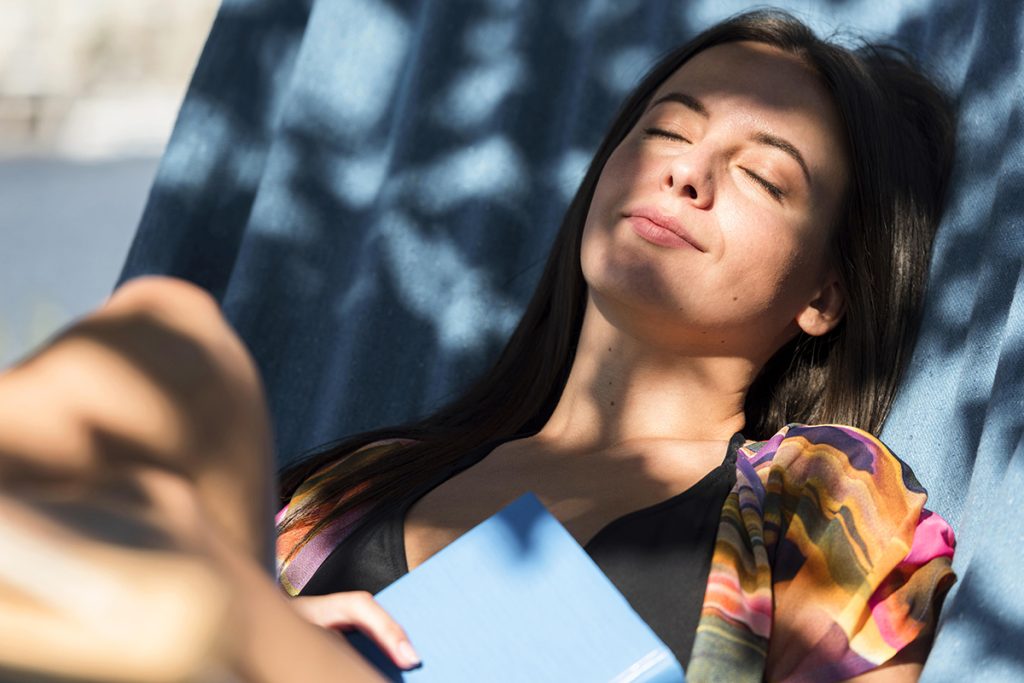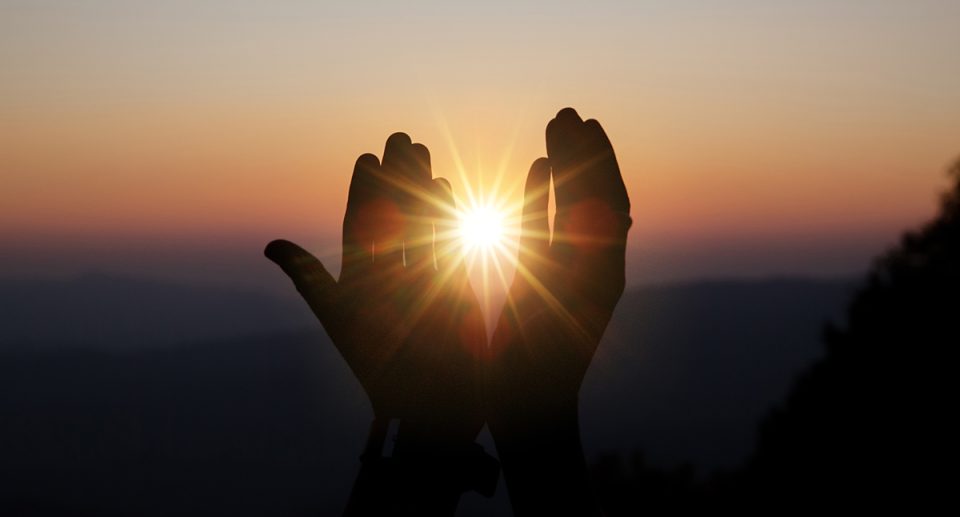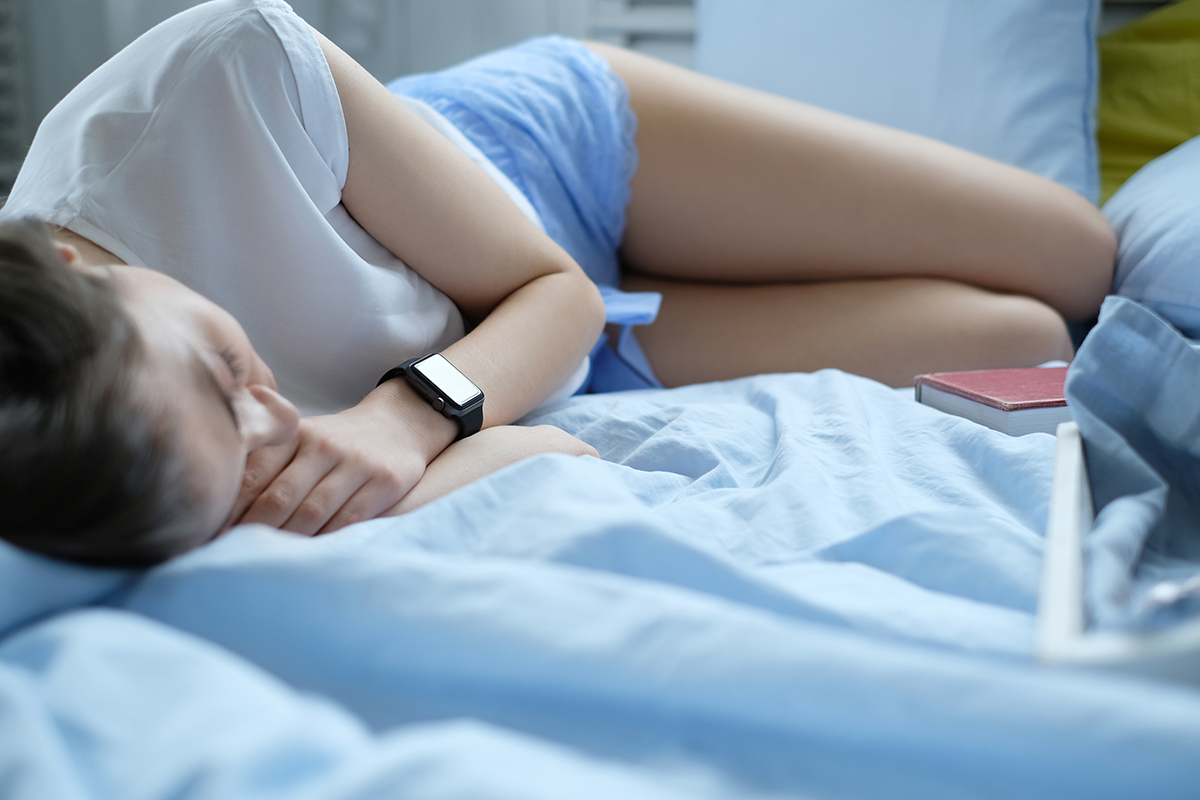Tips to stay safe in a heatwave during El Niño

El Niño (‘little boy’ in Spanish) and La Niña (‘little girl’ in Spanish) are atmospheric phenomena occurring in the Pacific Ocean that can have an influence on weather conditions worldwide. The current El Niño has made an appearance earlier than the usual schedule. Over the past ten years, all El Niños have typically initiated in late summer or early fall.
Regrettably, this early onset provides an opportunity for its intensification. A more powerful El Niño implies a higher likelihood of observing the anticipated effects of El Niño on global temperature, precipitation, and other weather patterns.
Consequently, this could result in the establishment of new temperature records, ultimately leading to an increase in the frequency and duration of heatwaves. It is important to note that heatwaves are already becoming more intense and prolonged due to the influence of climate change.
Although enjoying the warmth of the sun can be delightful, excessive heat can pose a severe threat, particularly to vulnerable groups such as the young, the elderly, pregnant women, and individuals with chronic health issues. Fortunately, there are numerous measures we can take to safeguard ourselves and our loved ones. Below are some suggestions to stay cool during a heatwave.

Practice sun safety
It is advisable to minimize outdoor activities during the peak heat hours of a heatwave, although there may be situations where it is necessary to go outside. When exposed to direct sunlight, ensure you wear sunscreen and reapply it regularly.
Additionally, protect your head with a hat and take frequent breaks indoors or in shaded areas to prevent heat exhaustion or heatstroke. Wearing loose-fitting, light-colored clothing can further aid in keeping your body temperature cool.
Embrace moisture for cooling
Heat dissipation occurs primarily through the skin, which happens to be the body’s largest organ. Therefore, the more surface area of your skin that you can cool, the more effective it will be in reducing body heat. In scorching weather, one effective approach is to soak a t-shirt in water and wear it to maintain a refreshing sensation. If you prefer to avoid walking around in wet clothes, you can opt for purchasing a cooling spray or taking a cool shower as equally viable alternatives.
Another quick method to cool down is by immersing your hands and feet in cold water. The wrists and ankles contain numerous pulse points where blood vessels are close to the skin, allowing for faster cooling.
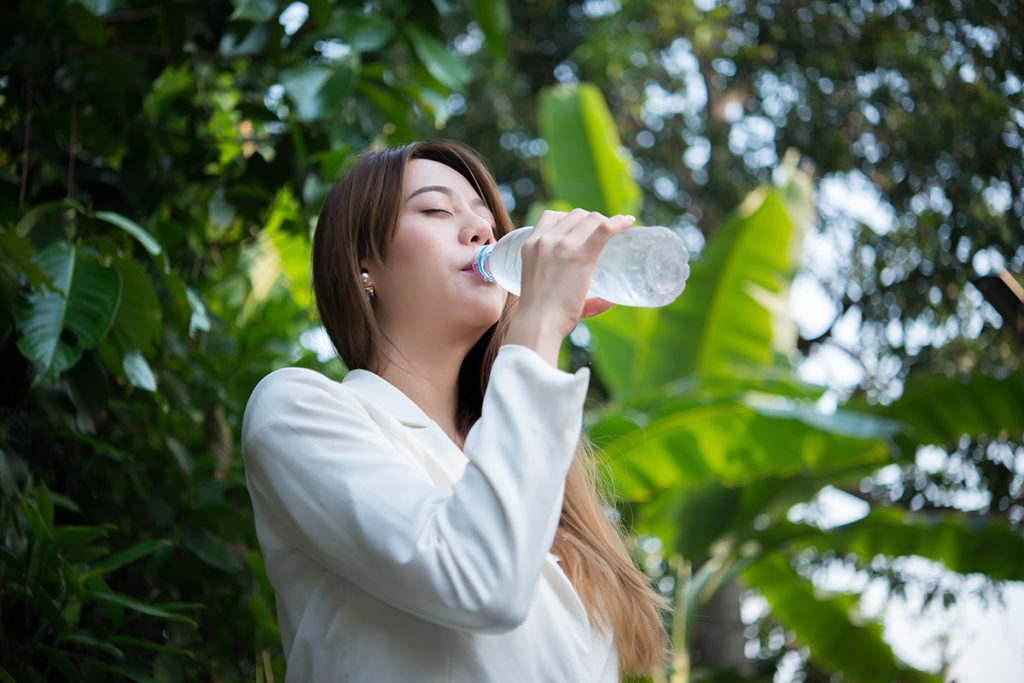
Stay hydrated
To prevent dehydration, it is essential to replenish the fluids lost through sweating during the day. Dehydration can manifest through symptoms like dry mouth, dizziness, confusion, and headaches. Neglecting to address dehydration can progress to heat exhaustion, which requires prompt medical attention. In case the condition worsens, it is advisable to call the local emergency services.
It is best to avoid caffeine and instead focus on consuming ample amounts of water. If available, isotonic sports drinks can also be beneficial as they help restore lost salts, sugars, and fluids.
Maintain a cool home
Creating a cool and comfortable environment within your home is crucial during hot weather. While it may be tempting to open windows and doors when the sun is shining, keeping them closed during the hottest parts of the day can help retain the cool air and prevent hot air from entering. Once the temperature cools down in the evening, you can open them again to facilitate the circulation of cool air.
To further enhance the cooling effect, it is advisable to keep curtains, shutters, or blinds closed. However, it’s worth noting that metal blinds have the potential to increase the room temperature.
Additionally, minimizing heat generation inside the house can contribute to a cooler environment. Opt for meals that do not require excessive cooking or heat, and if necessary, try to prepare them earlier in the day to avoid generating additional warmth.
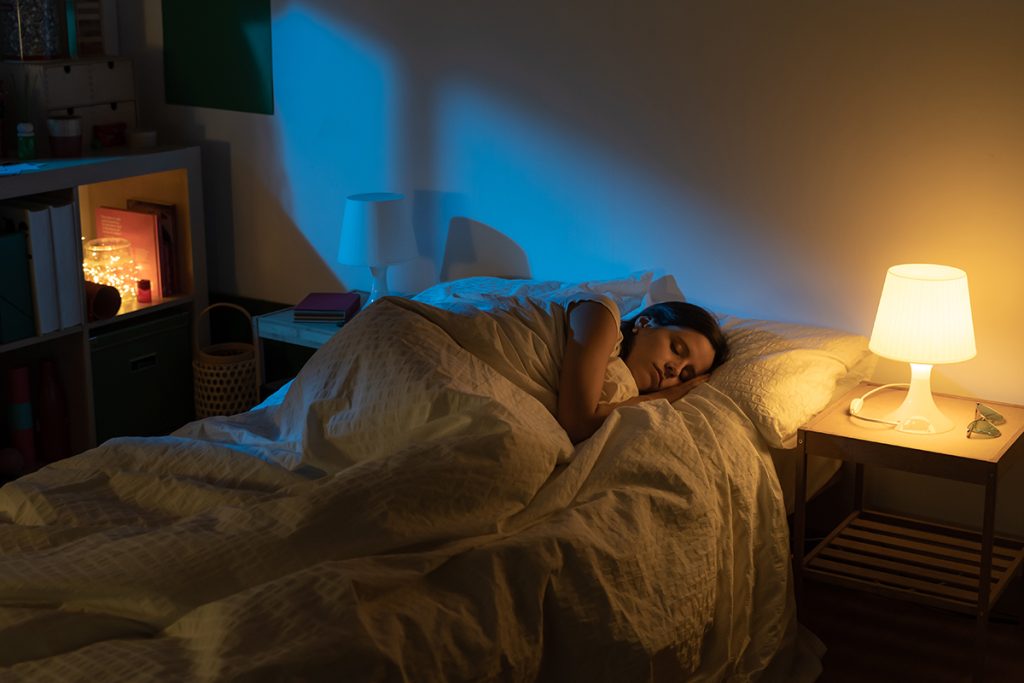
Ensure a cool night’s sleep
High temperatures can make it challenging to achieve a restful night’s sleep. To minimize disruptions, it is essential to keep your home as cool as possible. During the day, close windows to prevent hot air from entering, and open them when you go to bed to take advantage of cooler nighttime temperatures.
If the heat persists, consider sleeping in the coolest room in your home. If available, relocating to the ground floor can be beneficial since heat tends to rise, making downstairs areas typically cooler. Another strategy is to take a lukewarm or cool shower before bedtime, gradually lowering your body temperature.
It’s worth noting that your diet and hydration can also influence sleep quality. While staying properly hydrated is important, it is advisable to primarily consume water, especially in the evening, to avoid potential sleep disturbances.
Moderate your alcohol consumption
As the sun shines brightly, many people find themselves in high spirits, leading them to frequent bars or pubs. However, it’s important to exercise caution when combining excessive sun exposure with alcohol consumption. Alcohol has a dehydrating effect, which can be particularly problematic when your body is already struggling to cope with the heat.
Moreover, consuming alcohol can disrupt the quality of your sleep, which is already challenging during warmer temperatures. While you may initially fall asleep quickly, the sleep you experience is likely to be of poorer quality, causing you to wake up earlier than usual. This can leave you feeling less refreshed. Therefore, it is advisable to drink alcohol in moderation, taking into account the potential impact it can have on your hydration levels and sleep patterns.
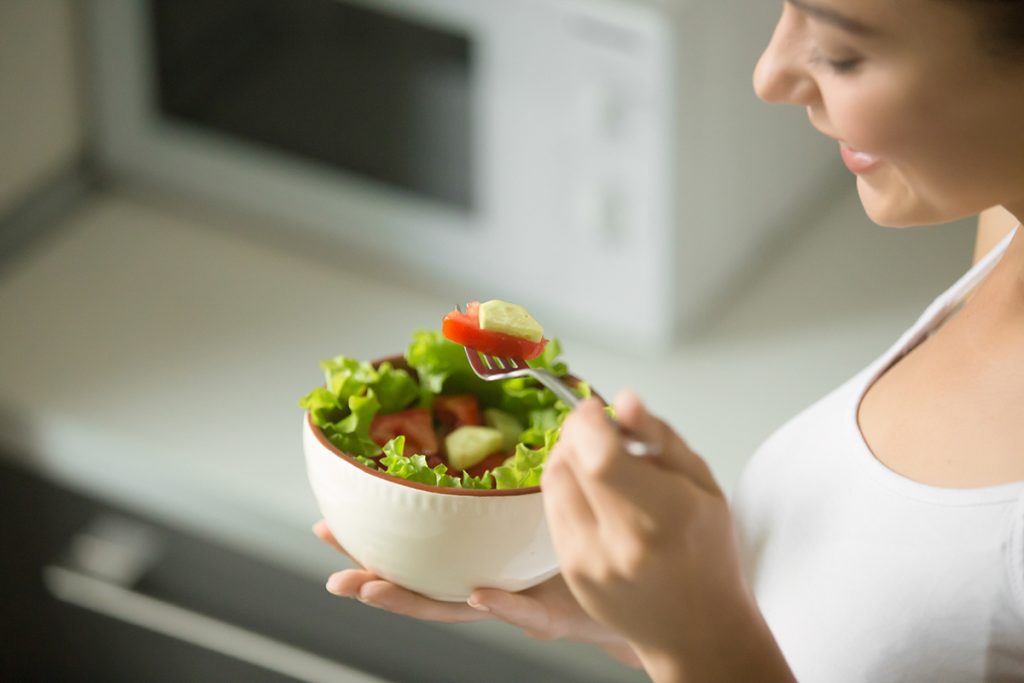
Opt for light meals for a cooler feeling
During hot weather, it is advisable to prioritize light and well-balanced meals to promote a sense of coolness and comfort. Incorporating foods with a high water content, such as strawberries, cucumber, celery, and lettuce, can provide both hydration and a refreshing effect.
Additionally, consuming foods with high fluid content, such as soups and stews, can contribute to your overall hydration levels. These dishes can help replenish fluids and contribute to a cooler sensation during hot weather.
Manage physical activity during cooler periods
While it is important to maintain your routine despite hot weather, there may be instances where adjustments are necessary. Although an early morning run might seem daunting when you’re cozy in bed, exercising during the scorching midday sun can be perilous and increase the risk of dehydration, heat exhaustion, or heatstroke.
When planning your day, consider the temperature and aim to limit physical activity to cooler parts of the day. If you choose to engage in a workout or sports, ensure you drink plenty of water and take more frequent breaks than usual to prevent placing excessive stress on your body. Prioritizing your well-being and adapting your activities to cooler periods can help mitigate the potential risks associated with intense heat.
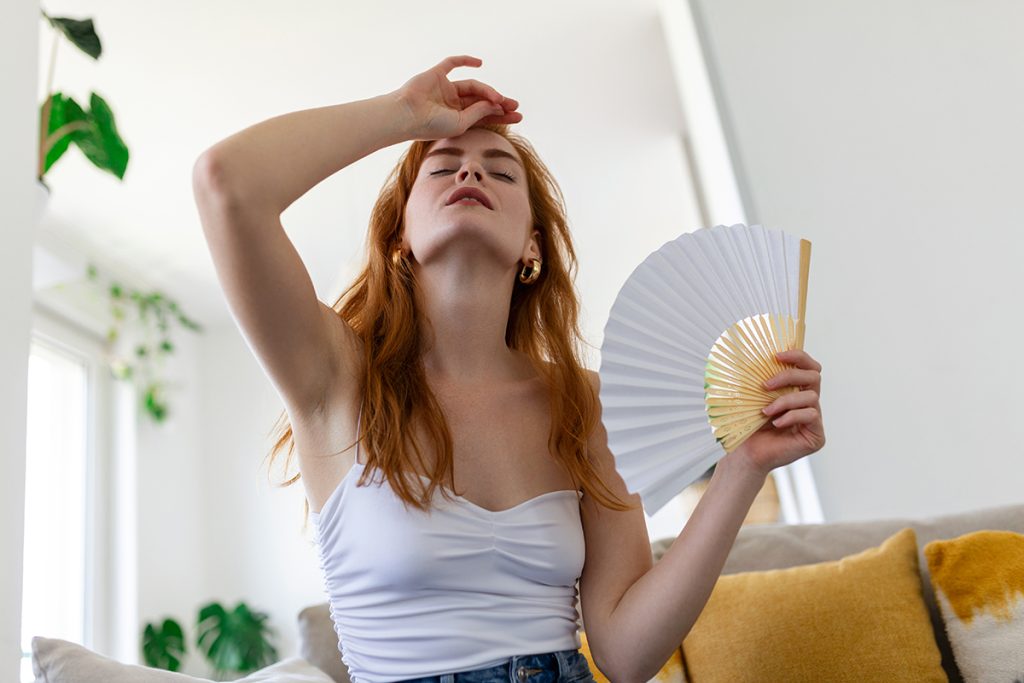
Be aware of the risks
The heat can pose significant risks to your physical well-being, particularly during a heatwave, so it is crucial to be vigilant for signs of heatstroke and heat exhaustion. While some individuals mistakenly believe that heat exhaustion and heatstroke are interchangeable, heatstroke is considerably more severe.
Heat exhaustion results from excessive loss of water, salt, and sugars through sweating. It can be addressed by ensuring adequate hydration, avoiding sun exposure, and actively cooling down the body.
On the other hand, heatstroke occurs when the body’s temperature reaches dangerously high levels, and its ability to regulate temperature becomes impaired. Symptoms of heatstroke include confusion, headaches, nausea, and muscle cramps. It is essential to recognize these signs and seek immediate medical attention as heatstroke can be a life-threatening condition.
Tips to stay safe in a heatwave conclusion
Global temperatures are rising, contributing to an increase in the frequency and intensity of heatwaves due to climate change. The elevated temperatures during hot weather pose a significant risk to people’s health and overall well-being. It is crucial to be prepared and equipped to handle these extreme conditions.
Heatstroke can develop rapidly, catching individuals off guard and leading to loss of responsiveness. It is of utmost importance to act swiftly by cooling the person down promptly. This can be achieved by wrapping them in a damp sheet or clothing and immediately contacting your local emergency telephone number.
